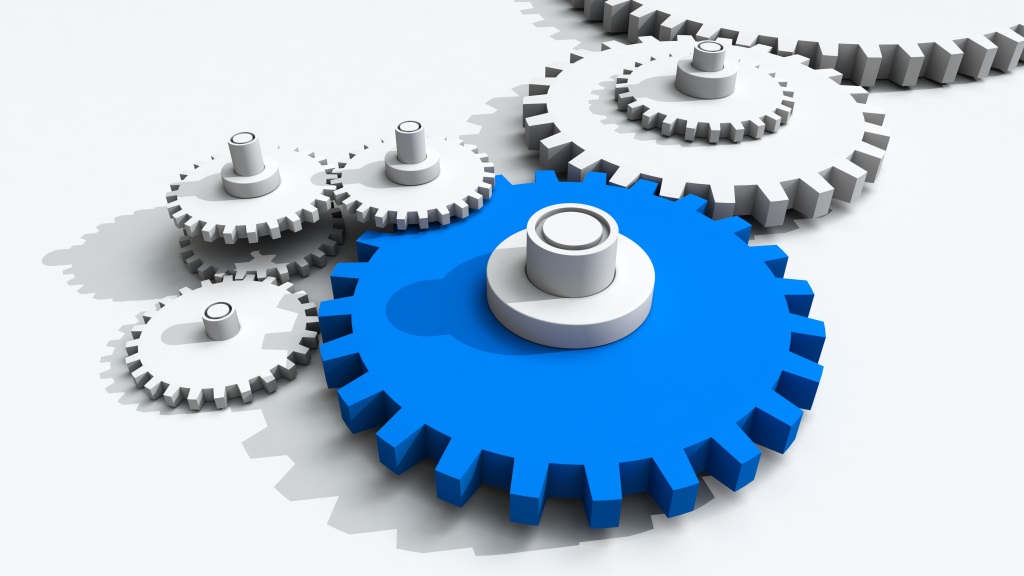What Is Industrial Components Design?

Industrial components design is the art of creating products that meet the needs of a mass consumer audience. It involves the application of creativity, engineering, and technology to produce a product that meets those needs. This can include anything from furniture to appliances, from cars to tractors.
The first step in industrial design is to determine the product's function, i.e. what it does and how people use it. This can be done through surveys or field research, which often involves working with the target population in person to gather input on their expectations. You can go right here to learn more about industrial components designers.
Next, the designer creates a draft and an initial concept, which outlines what the product should look like and how it works. This is usually done with computer-aided design (CAD) programs, such as SolidWorks or Pro/Engineer.
Depending on the type of product and the complexity of the design, the process may take anywhere from one day to several weeks. The CAD is handed off to the factory, where it is studied and modified to get an idea of how the product will be assembled and manufactured.
In the case of an electronic toy, a finalized play spec document will also be passed on to the factory, which will list interactions with the toy and any audio or visual feedback it might give. This will include an electronic schematic and a list of components, configurations, and power sources.
It is important for designers to understand how their decisions impact the manufacturing process and production costs. For example, a design that uses unnecessary variation in the thickness of a molded part can dramatically increase the cooling time of the part and add to the overall production cost.
For the best results, a robust design for manufacturing strategy should be incorporated into the industrial design process from the start. This approach can reduce redesign work, improve quality, and speed up the manufacturing process. See page and discover more about this process.
The design process for an industrial product should be streamlined to minimize the amount of time and money required for development, prototyping, and manufacturing. For example, designers should design parts that are modular and share across multiple products to simplify the manufacturing process and reduce inventory needs.
Another aspect of product design that is important for industrial components design is sustainability. This can mean reducing the number of parts used, designing them to be easy to replace, and ensuring that they are compatible with a variety of assembly processes.
A good way to achieve this is by choosing standard components where possible. This can save money and time in the development process, and it can ensure that a product has minimal environmental impact.
In some cases, it is advisable to partner with an outside source that can help the engineer develop the optimal solution for the project's specific needs. This may mean finding a manufacturer that specializes in developing custom components for particular applications. This will save the engineer time and money, and can result in a much better product. See this related blog for more info about this topic: https://en.wikipedia.org/wiki/Industrial_design.